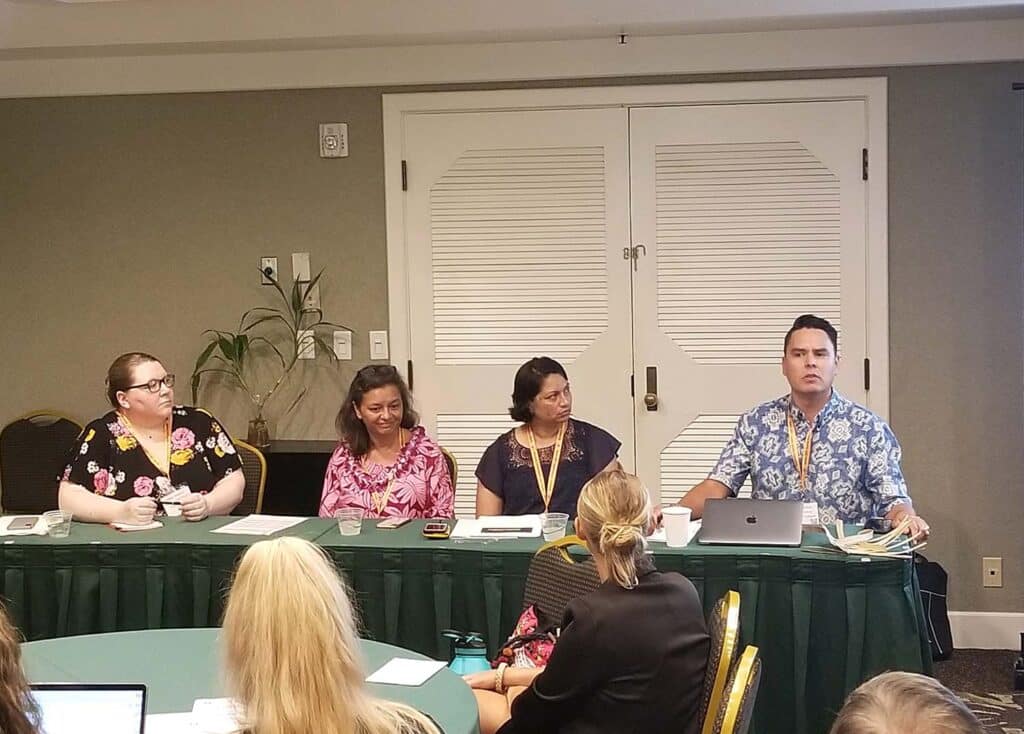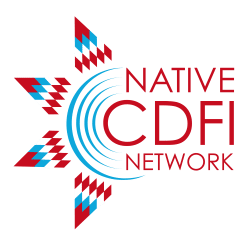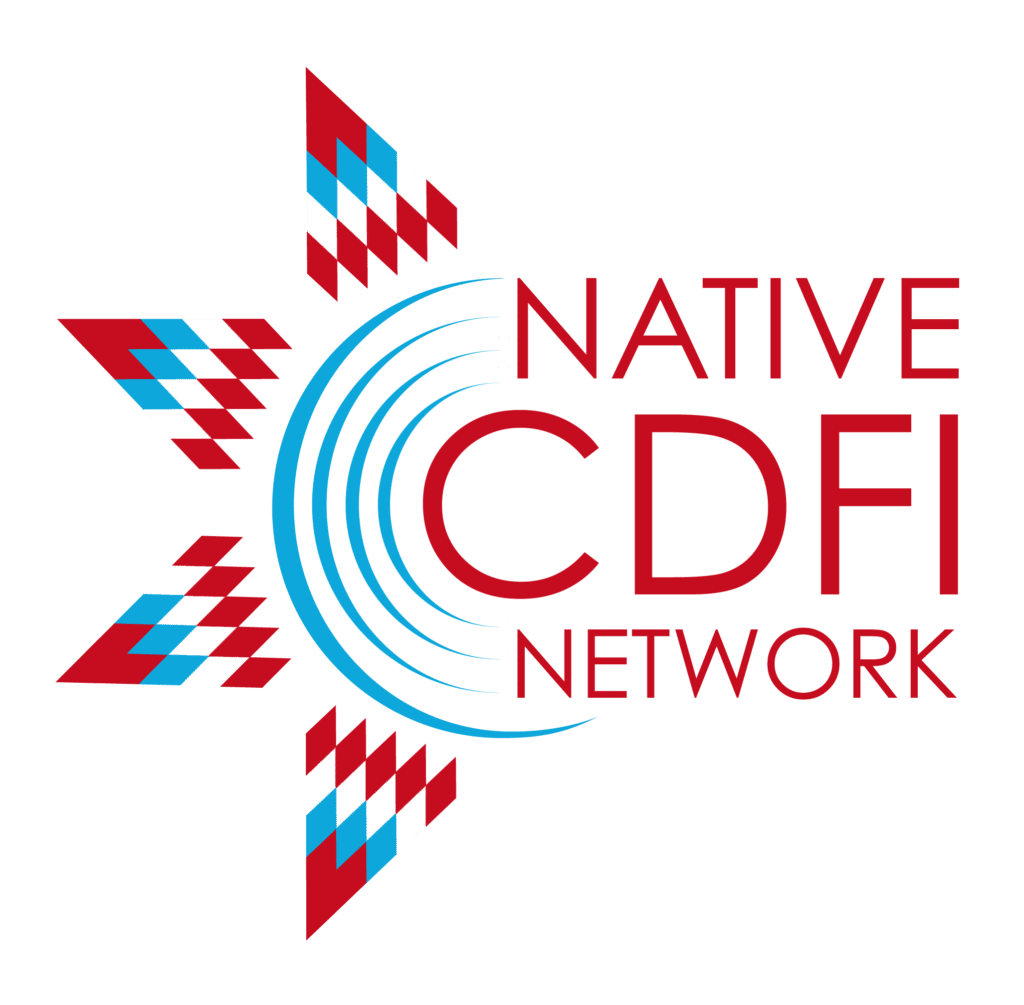Communications Planning
When you think about communication, media publicity probably comes to mind, but communication involves much more. It’s the many ways you create awareness of your cause, reach out to different groups in your community, and engage policymakers. It can involve public education campaigns, advertising, media relations, and even fund raising. No matter how you do it, the goal of your communication is the same – to move people into action.

Before you mobilize a group of protestors or make an appointment with your senator, gather your thoughts into a clear, concise message. Think about what you are trying to accomplish and whom it will affect. It’s important to take some time to plan your communication before the demands of your program set in. If you can recruit media or public relations sponsors for your policy and advocacy efforts, they can lend their expertise to your communication planning.
Establish Goals
Native people face many challenges, and as a Native CDFI you have most likely developed solutions to overcome those challenges. Implementing those solutions may bring a whole set of new challenges. Your policy and advocacy goals will remove barriers that your community and others face. Use your goals as the foundation for your communication strategies.
Get to Know Your Target Audience
Who are you trying to reach? Is it community members, tribal council, state legislators? Get to know these people, and get to know them well. What backgrounds do they come from? What are their interests? What motivates them?
Create an Effective Message
Now that you intimately know your target audience, you can develop a message that will get you results. What is the main point you need to get across? Why will your audience care? Connect their core desires with your goals. The way you word something makes all the difference in the world, so put yourself in your target’s shoes when developing your message.
Create Communication Tools
There are several tools you can use to communicate your message. Think about your target audience and what form of communication they are most likely to be receptive to. Is it email, “snail mail,” a brochure, a website, billboards, or a personalized letter? Start off by developing a few basic tools that communicate your message, and your supporting key points if appropriate, in a clear and concise manner.
Work with the Mass Media
If you’re new to media work, be assured you don’t need special training or experience to promote your story effectively. Publicity is a cost-effective communication method that builds credibility. You will need to write press releases for newsworthy activity and distribute it to targeted media outlets. Make sure your press release is short and to the point and that it covers the where, when, why, what and who in the first paragraph. Following up with media contacts to pitch the story is one way of increasing your chances of exposure.

